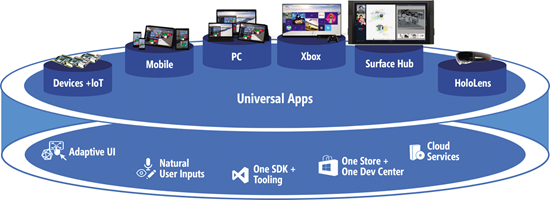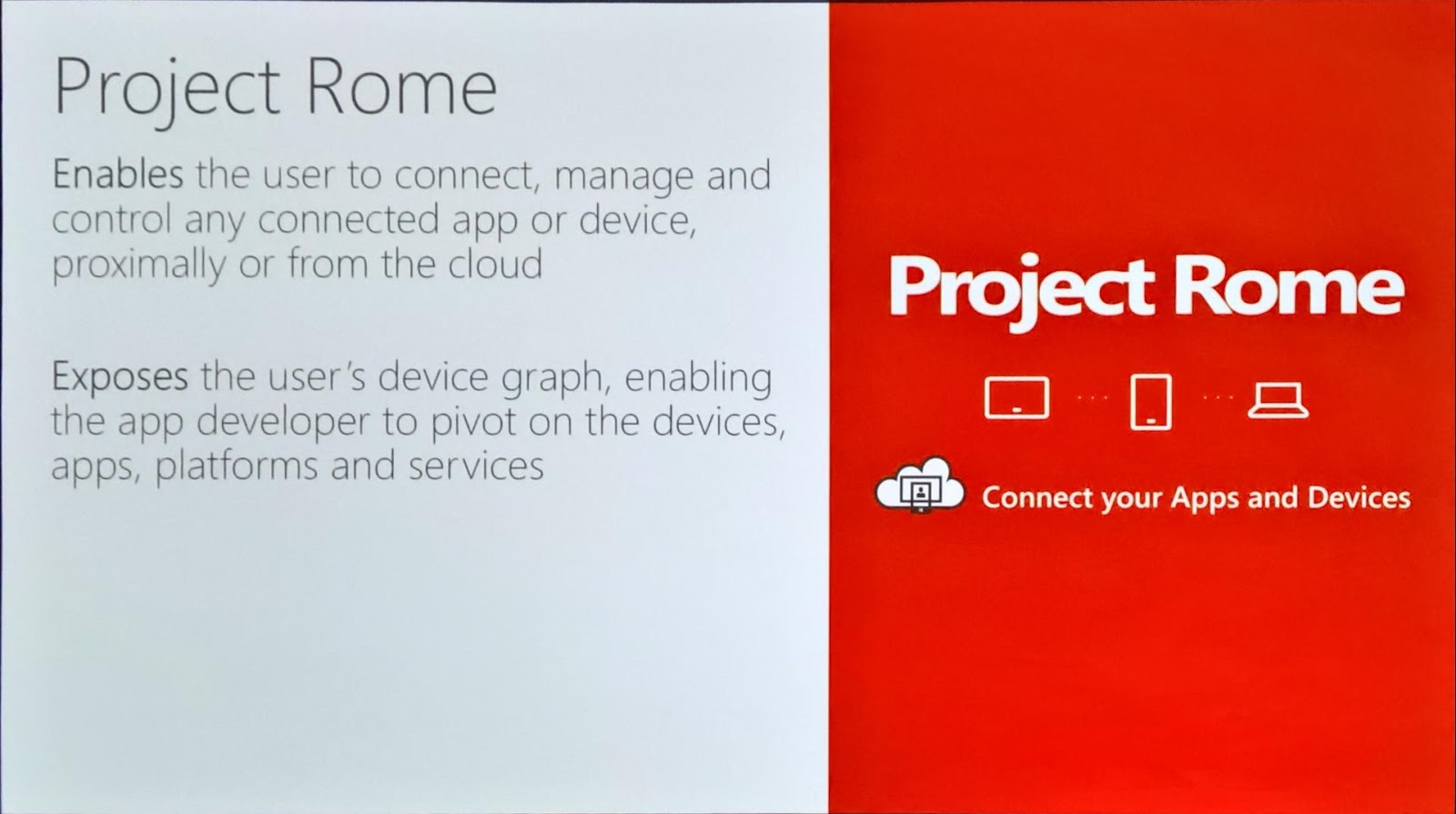Getting ready for my LUIS presentation at the Granite State Windows 10 Platform Devs Users Group (@WPDevNH), it made sense to demo LUIS using UWP rather than .NET classic. (Join us, 11/16 at the Microsoft Store in Salem, NH… https://www.meetup.com/Granite-State-NH-WPDev/events/243099117/ )
For a demo related to LUIS querying, I needed an alternative to System.Web.HttpUtility.ParseQueryString. (based on this demo: https://docs.microsoft.com/en-us/azure/cognitive-services/LUIS/luis-get-started-cs-get-intent )
I did a simple decorator of a Dictionary, adding a constructor to parse using WwwFormUrlDecoder, and overriding the ToString() to put it back together…
I whipped one up relatively quickly, but decided this would be a decent quick post. Here’s my alt code:
usingSystem.Collections;
usingSystem.Collections.Generic;
using System.Net;
using System.Text;
usingWindows.Foundation;
namespaceLUIS_Examples
{
public class ParseQueryString : IDictionary<string, string>
{
private IDictionary<string, string> _internalDictionary = new Dictionary<string, string>();
public ParseQueryString(string queryString) :
base()
{
var decoder = new WwwFormUrlDecoder(queryString);
foreach (var item in decoder)
{
_internalDictionary.Add(item.Name, item.Value);
}
}
public override string ToString()
{
var sb = new StringBuilder();
foreach (var aPair in _internalDictionary)
{
sb.AppendFormat(“{0}={1}”, WebUtility.UrlEncode(aPair.Key), WebUtility.UrlEncode(aPair.Value));
}
return sb.ToString();
}
public string this[string key] { get => _internalDictionary[key]; set { _internalDictionary[key] = value; } }
public ICollection<string> Keys => _internalDictionary.Keys;
public ICollection<string> Values => _internalDictionary.Values;
public int Count => _internalDictionary.Count;
public bool IsReadOnly => _internalDictionary.IsReadOnly;
public void Add(string key, string value)
{
_internalDictionary.Add(key, value);
}
public void Add(KeyValuePair<string, string> item)
{
_internalDictionary.Add(item);
}
public void Clear()
{
_internalDictionary.Clear();
}
public bool Contains(KeyValuePair<string, string> item)
{
return _internalDictionary.Contains(item);
}
public bool ContainsKey(string key)
{
return _internalDictionary.ContainsKey(key);
}
public void CopyTo(KeyValuePair<string, string>[] array, int arrayIndex)
{
_internalDictionary.CopyTo(array, arrayIndex);
}
public IEnumeratorstring, string>> GetEnumerator()
{
return _internalDictionary.GetEnumerator();
}
public bool Remove(string key)
{
return _internalDictionary.Remove(key);
}
public bool Remove(KeyValuePair<string, string> item)
{
return _internalDictionary.Remove(item);
}
public bool TryGetValue(string key, out string value)
{
return _internalDictionary.TryGetValue(key, out value);
}
IEnumerator IEnumerable.GetEnumerator()
{
return ((IEnumerable)_internalDictionary).GetEnumerator();
}
}
}


